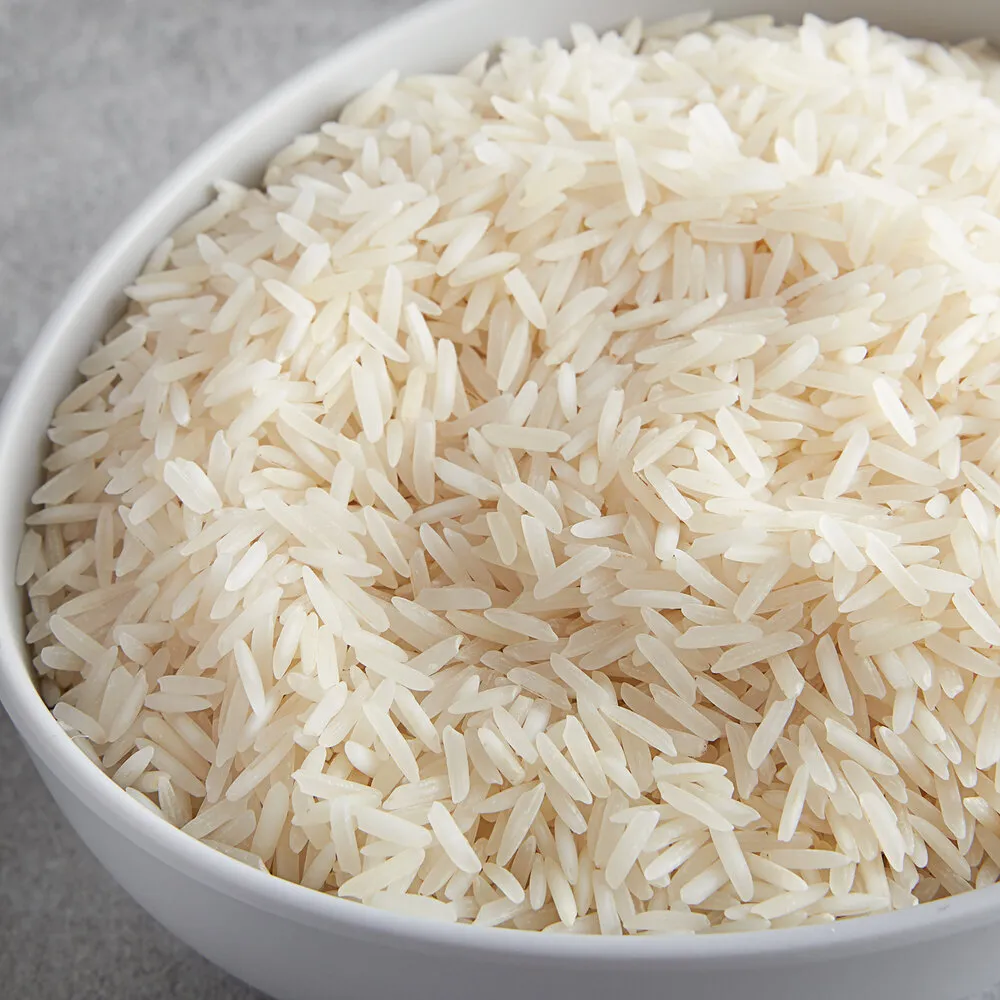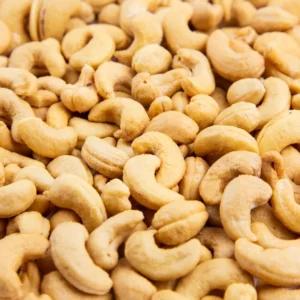Basmati Rice
Basmati might look like plain white rice, but it is different in a few ways. For starters, it is a long-grain, thin white rice originally from the Himalayas. It’s served alongside traditional Indian dishes and Asian cuisine. Basmati Rice is a nutty-flavored aromatic rice and is well known for its fragrance and delightful flavor.
Basmati has a floral aroma and the grain is softer than jasmine rice . White basmati rice is the most commonly known rice, but it also comes in brown. A bowl of white basmati is thicker and fluffier than a bowl of clumpy, sticky rice such as the way jasmine rice tends to be.
It usually takes two years of aging to dry basmati rice. It is nearly fat-free and only adds about 200 calories per serving. Unlike some other grains of rice, it has a higher dietary fiber count. It is a versatile side dish that pairs well with both mild and bold-flavored dishes.
Avoid soaking the rice in advance of cooking which increases it’s stickiness and degrades the quality of the rice, but gives it a quick rinse to wash off some of the starch. Cooked just right Basmati rice compliments curries, roasted meat, and stirfries. Flavor and color this rice with specialty spices including saffron and turmeric. First saute the rice in oil. Flavor it with onion and other herbs or seasonings depending on the taste you are going for. Add a stock, broth, or water and cook until all the liquid is gone. The sauteeing in oil not only helps prevent any stickiness, but gives the rice a toasted kick that brings out the nutty flavor.






Reviews
There are no reviews yet.